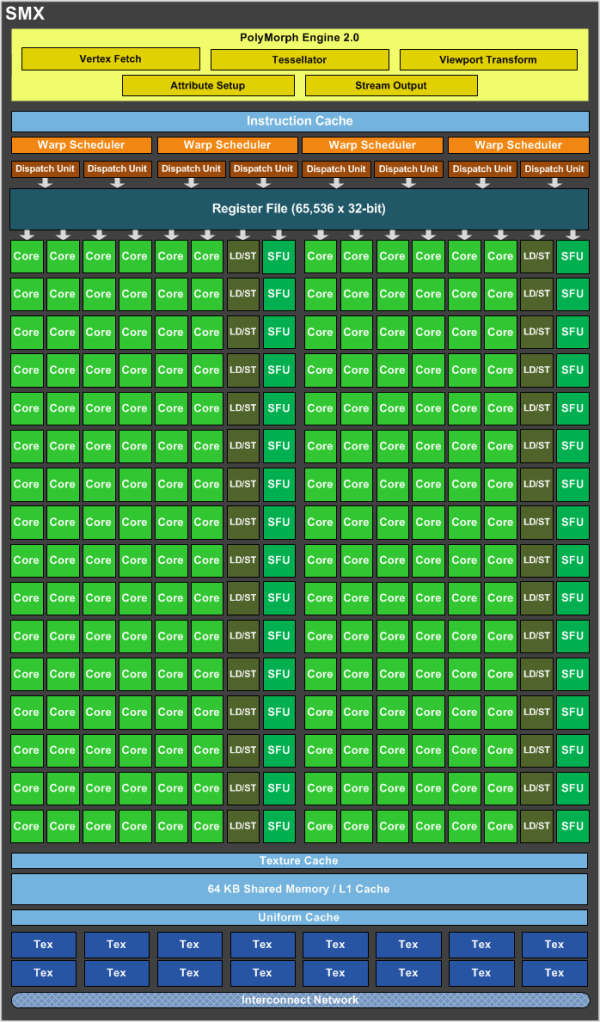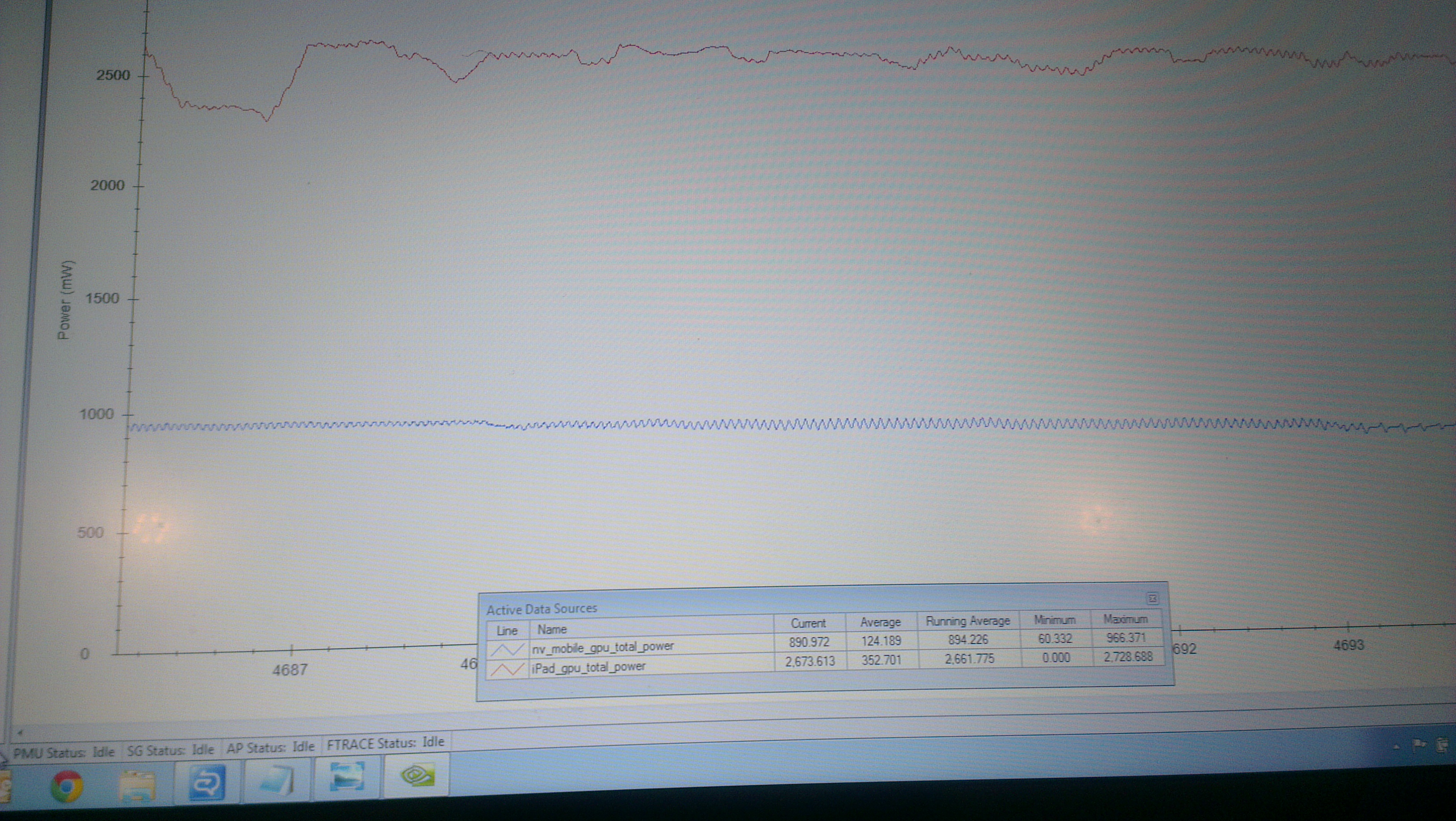arijoytunir
Regular
http://www.anandtech.com/show/7169/nvidia-demonstrates-logan-soc-mobile-kepler
Nvidia tegra 5 or logan will have one SMX of kepler cores - i.e; 192 cores which will be more powerful than any currentgen console and also THE GTX 8800 according to nvidia .



Nvidia tegra 5 or logan will have one SMX of kepler cores - i.e; 192 cores which will be more powerful than any currentgen console and also THE GTX 8800 according to nvidia .




